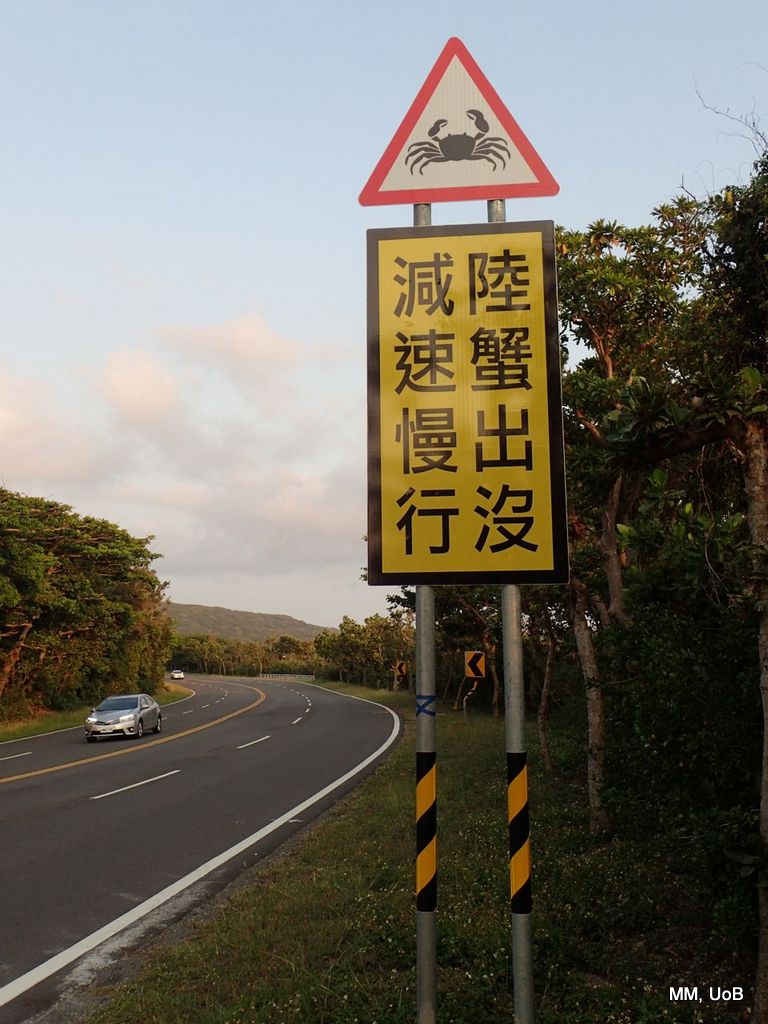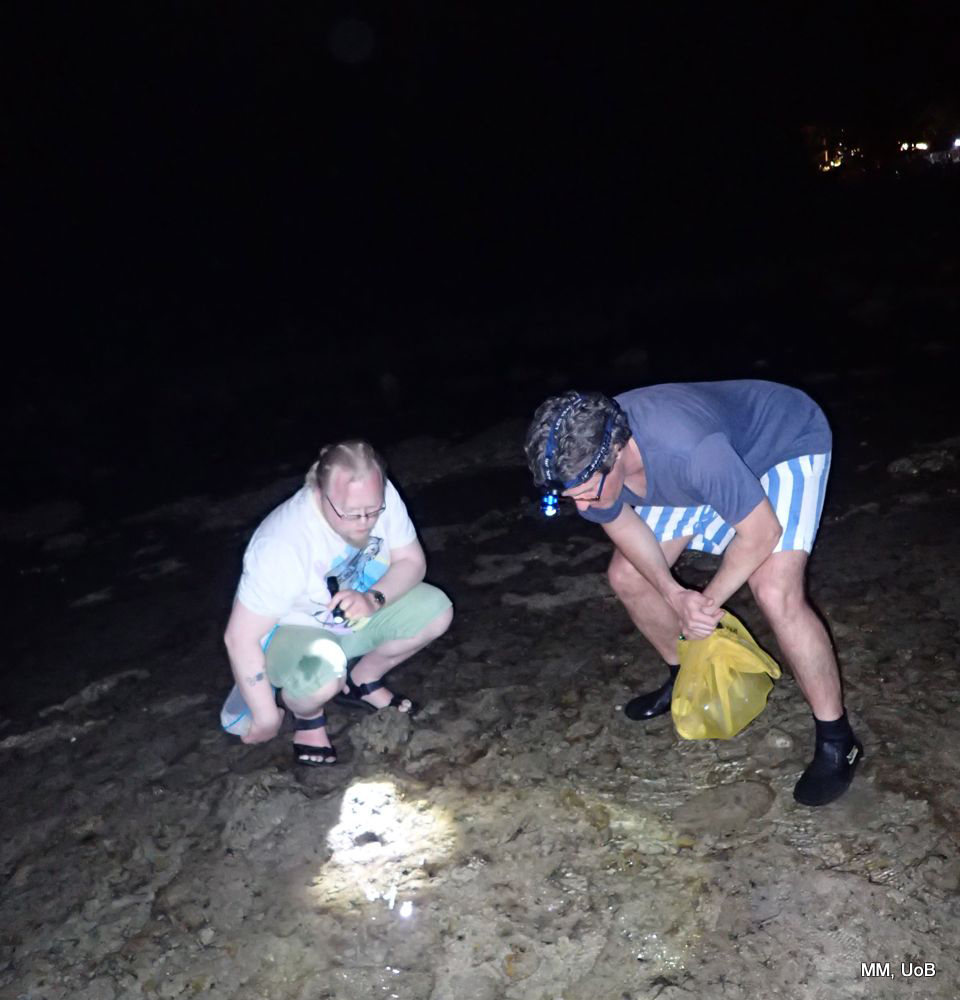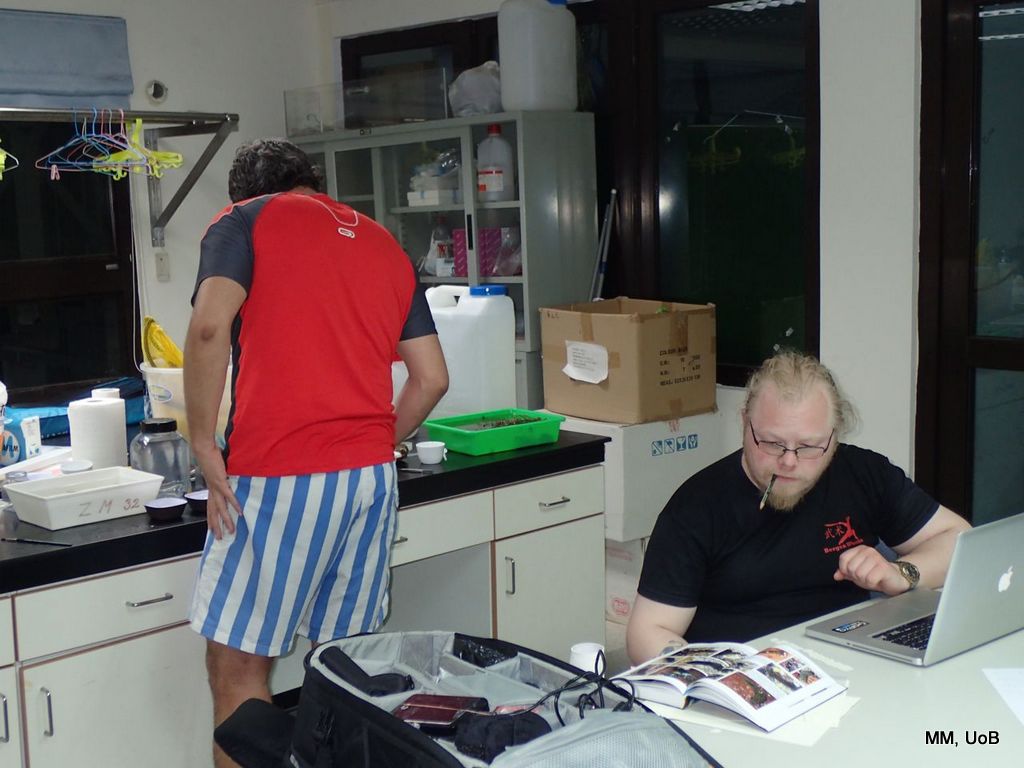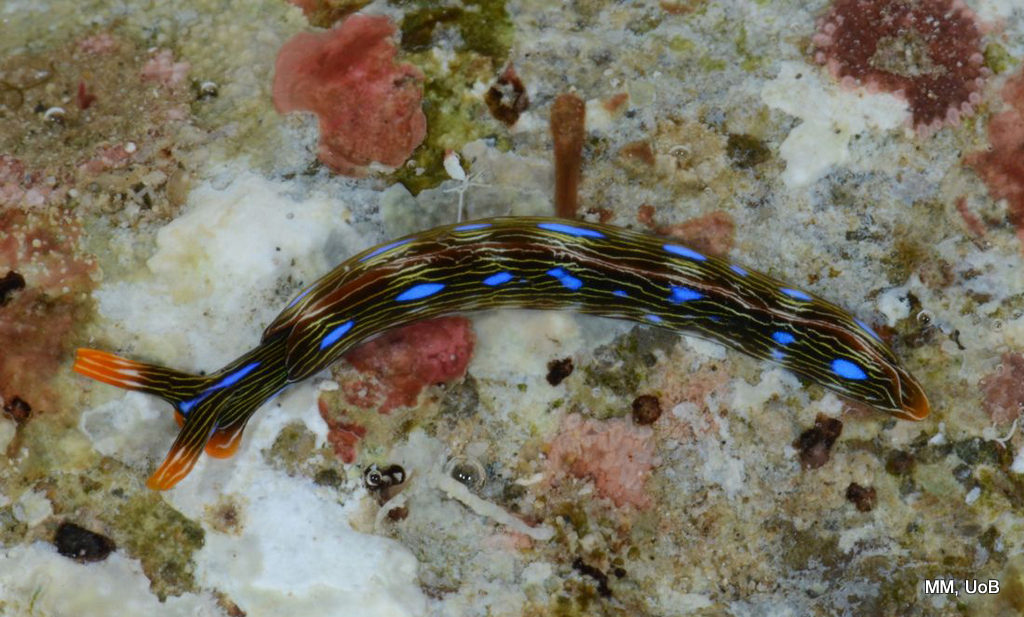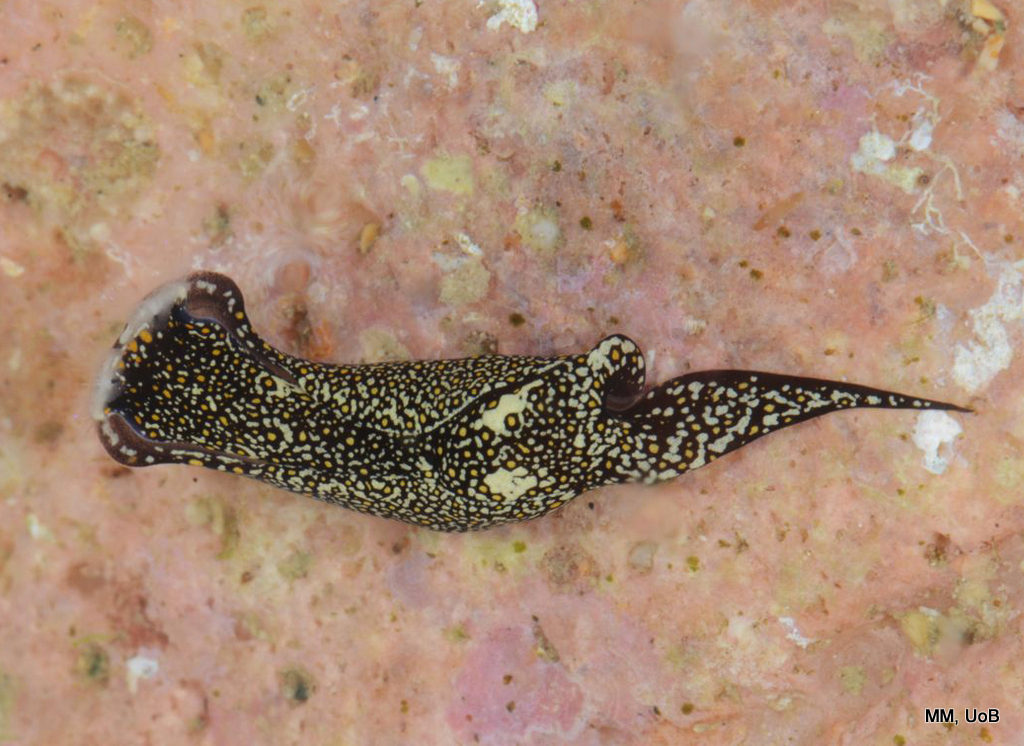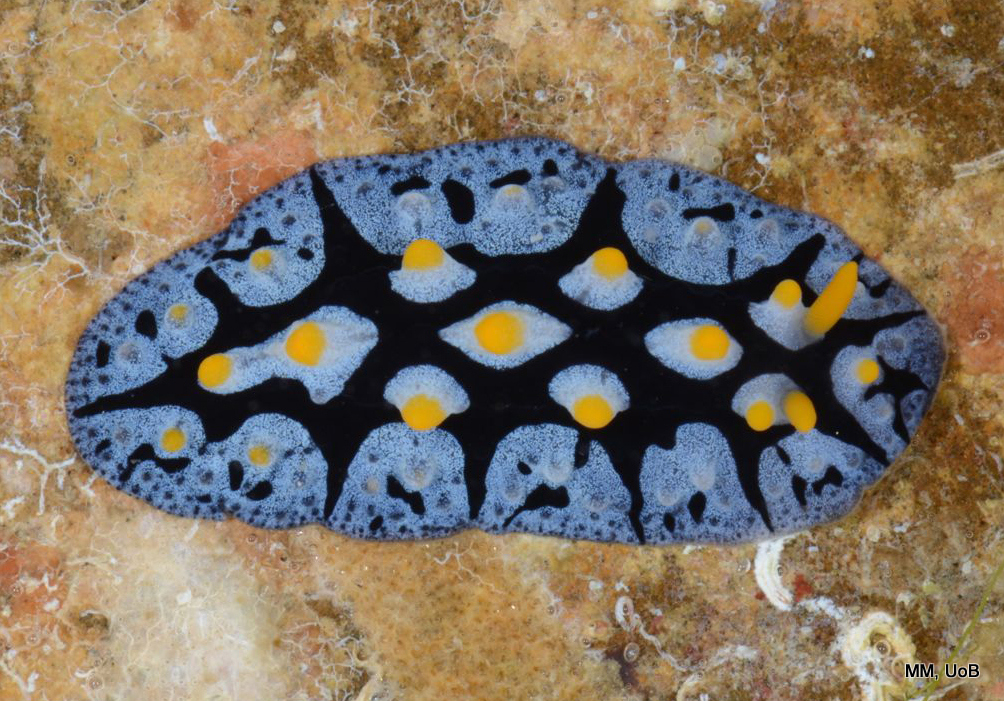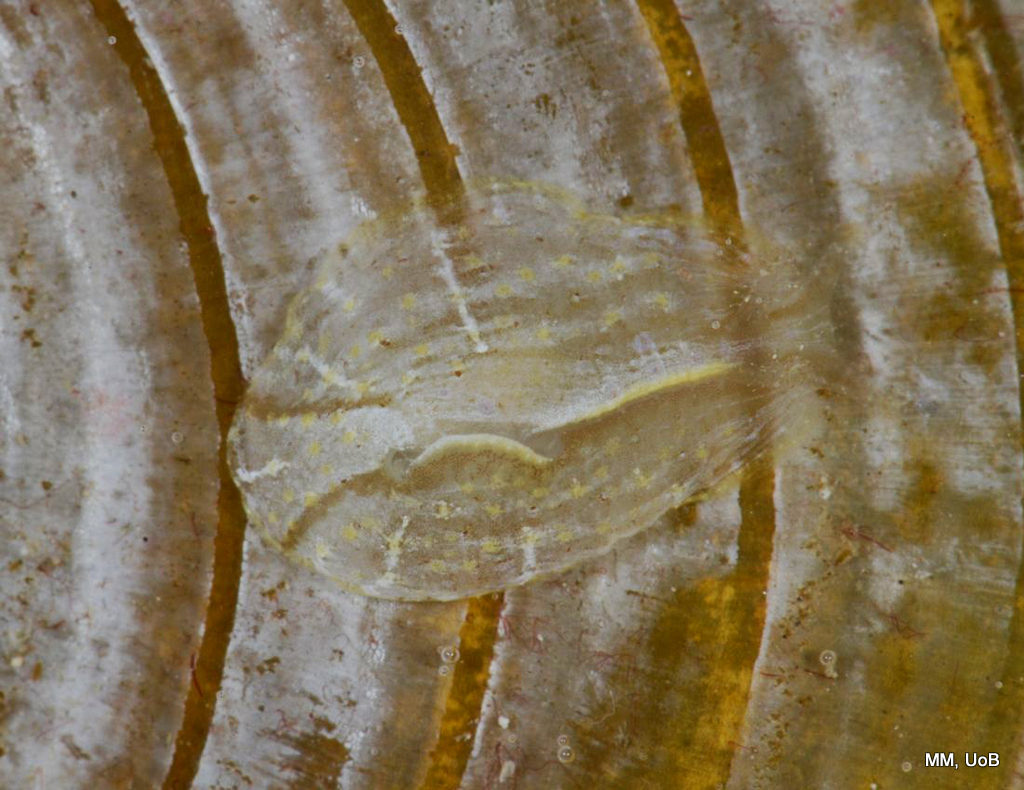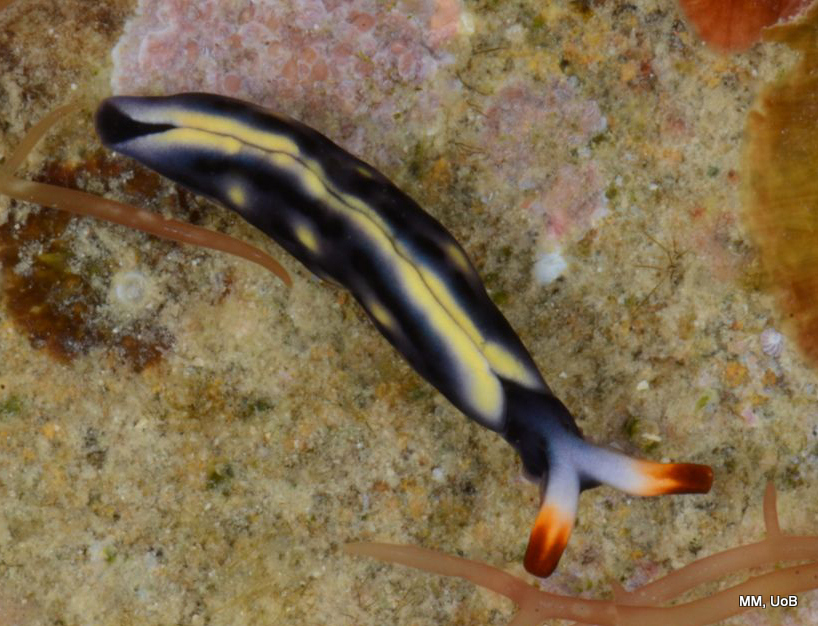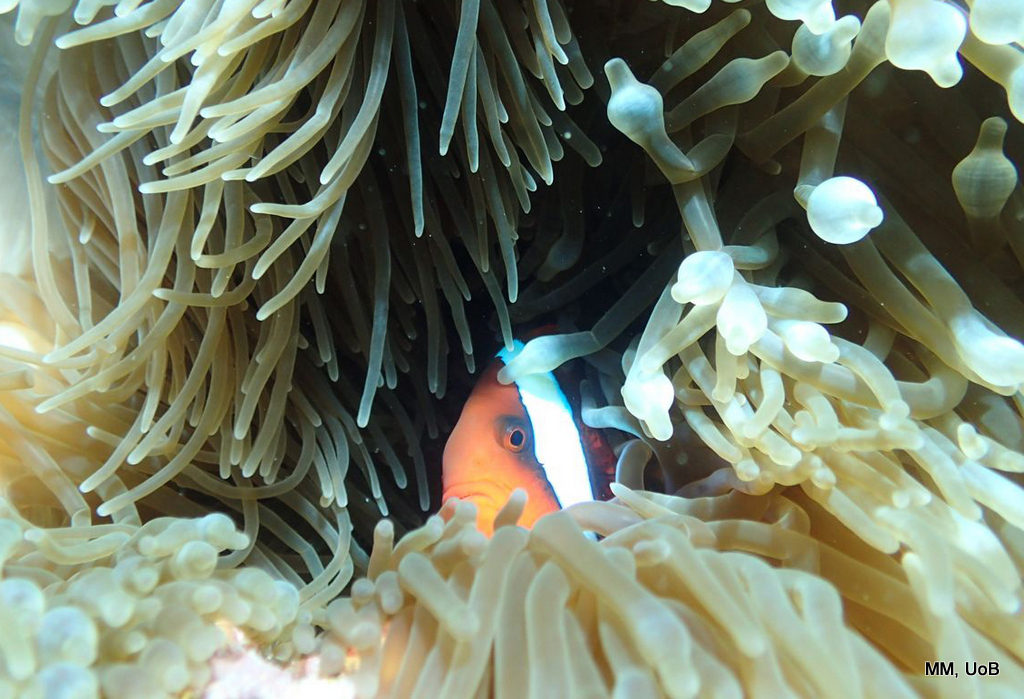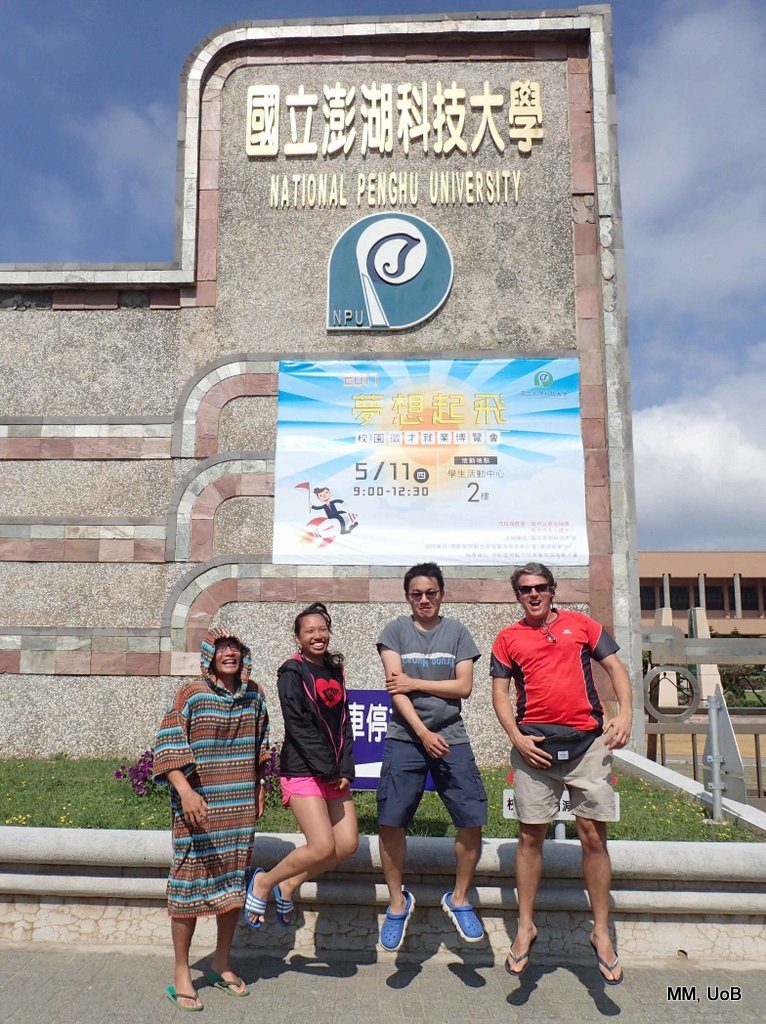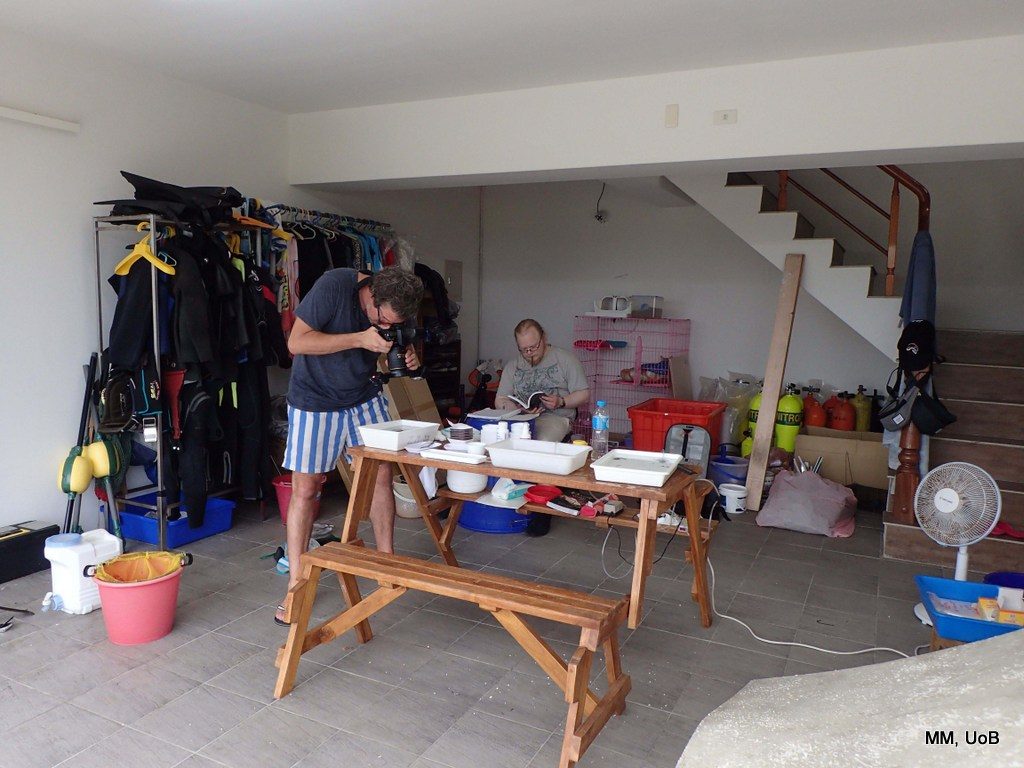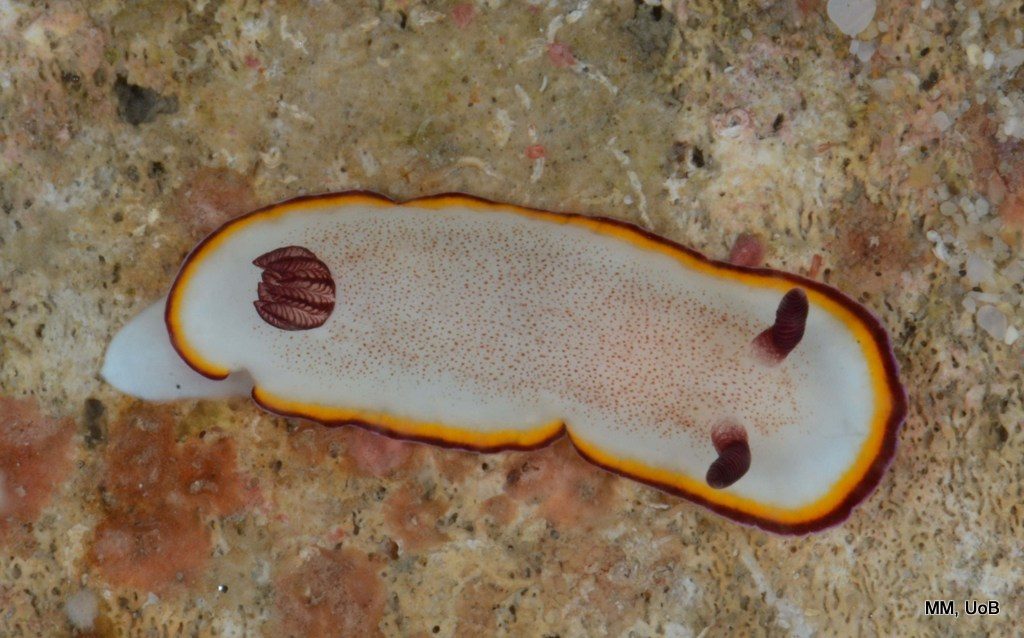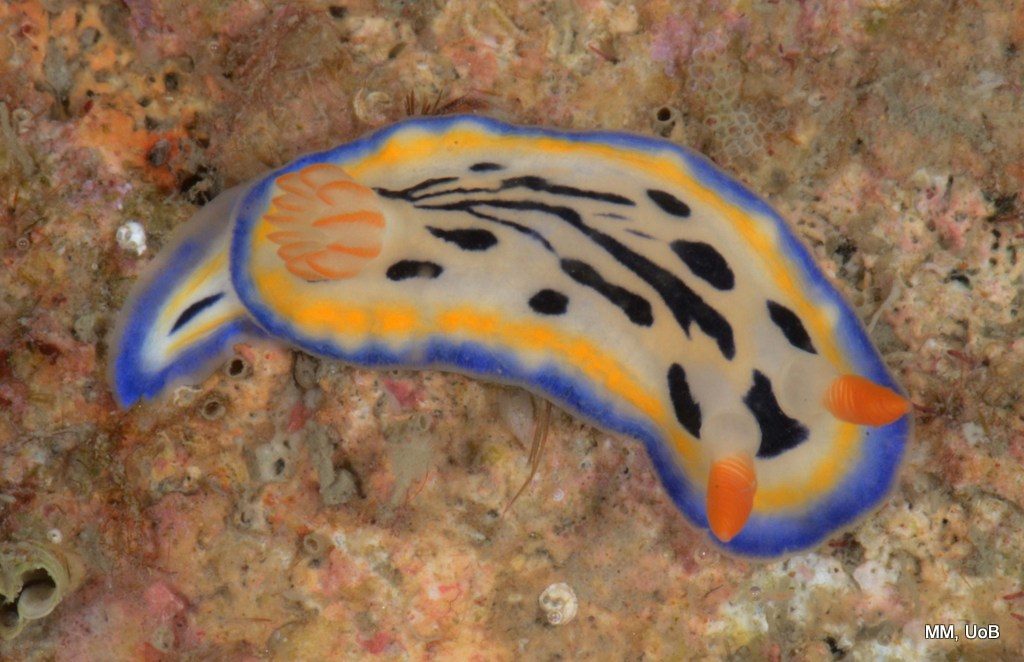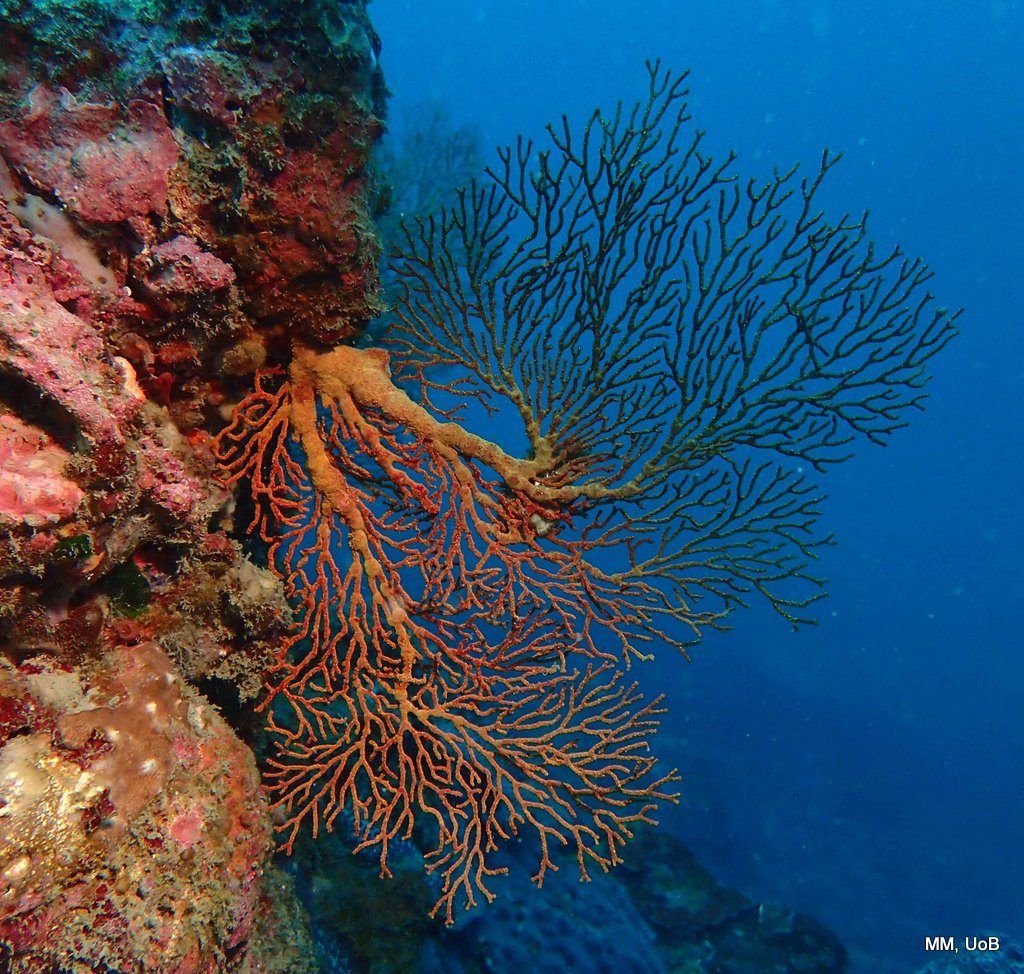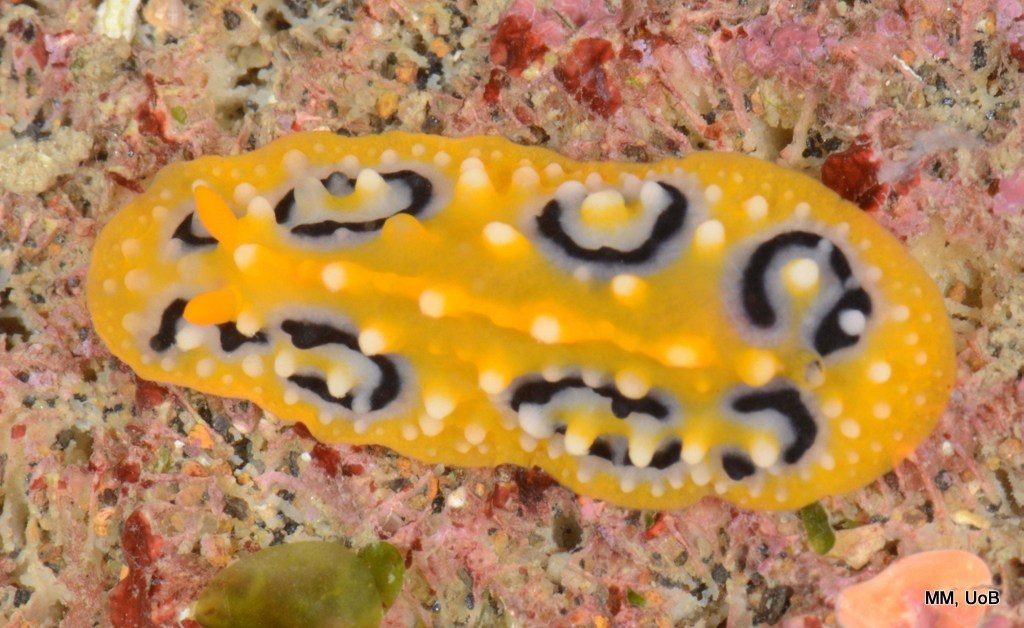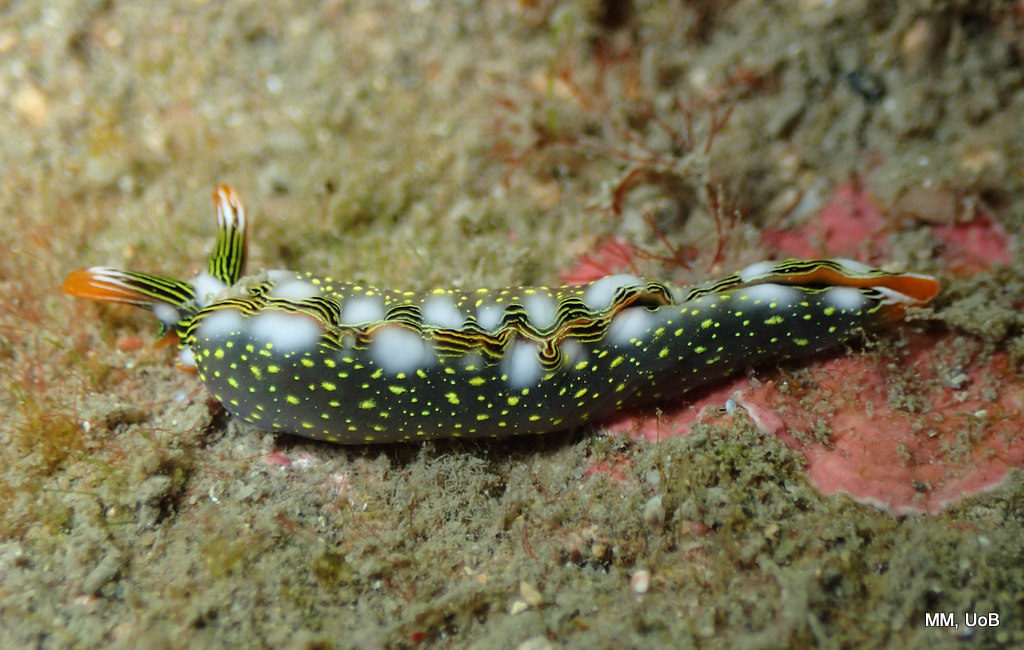As part of our research programme to study “opisthobranch” molluscs in the Indo-West Pacific and understand the drivers of present diversity and biogeography on this region, we carried out a 3-week fieldtrip to Taiwan during May 2017. Taiwan is located in the China Sea north of the Philippines on the periphery of the “coral triangle”, the richest marine hotspot in the world contained within Indonesia, Papua New Guinea, and the Philippines.
Although situated outside this hotspot, Taiwan is influenced by the warm water Kuroshio Current flowing from the Philippines along the Luzon Strait and striking the southern part of Taiwan where it splits in two branches which drift northwards along both the eastern and western coastlines of the country. This confers to Taiwan tropical characteristics on its southern regions with occurrence of vast and diverse coral reef systems, while the northern coasts are of sub-tropical affinity with waters up to five degrees cooler. This combination of different oceanographic and climatic features, result on the occurrence of an extremely diverse marine fauna with different ecological requirements.
To cover different oceanographic regimes in the best possible way within our limited timeframe, we visited three regions for about one week each.
We first sampled along the southern tip of Taiwan at the Kenting National Park together with Professor Chung-Chi Hwang from the National University of Kaohsiung.

The sampling team at Kenting. left to right: Trond Oskars, Wei Ban Jie, Chung Chi Hwang, Manuel Malaquias
- Heading out for slug hunting
- Watch out, the crabs!
- Tidal sampling at night time
- Night working through the daily catch
Here are some of the animals we encountered at Kenting:
- Thuridilla gracilis
- Chromodoris sp.
- Chelidonura amoena
- Chelidonura inornata
- Chelidonura sandrana
- Glossodoris sp.
- Nakamigawaia sp.
- Phyllidia picta
- Phyllaplysia lafonti on the brown algae Padina.
- Thuridilla vataae
The second week was dedicated to the off shore island of Penghu in the Strait of Taiwan where we have worked together with Professor Yen-Wei Chang and his students from the National Penghu University of Science and Technology.
Finally, we sampled on the NE coast along the Longdong area in collaboration with Dr Vincent Chen and Dr Wei-Ban Jie, the first an authority on Taiwanese coastal ecology and the latter the author of the book “Taiwan Nudibranchs”.
Shallow habitats between the tidal zone down to 30 m deep were surveyed for “opisthobranchs”, and at the end we estimate to have collected a staggering 140 species.
The samples are now under curation and will soon be integrated in the systematic collections of the Natural History Museum of Bergen, becoming available for scientific study.
-Manuel Malaquias, Natural History Museum of Bergen, UiB



